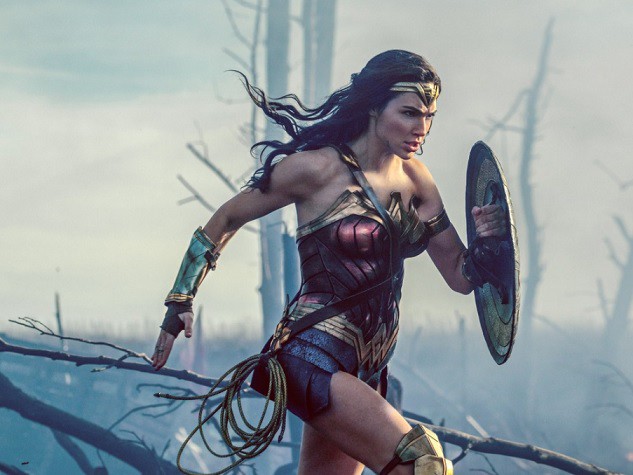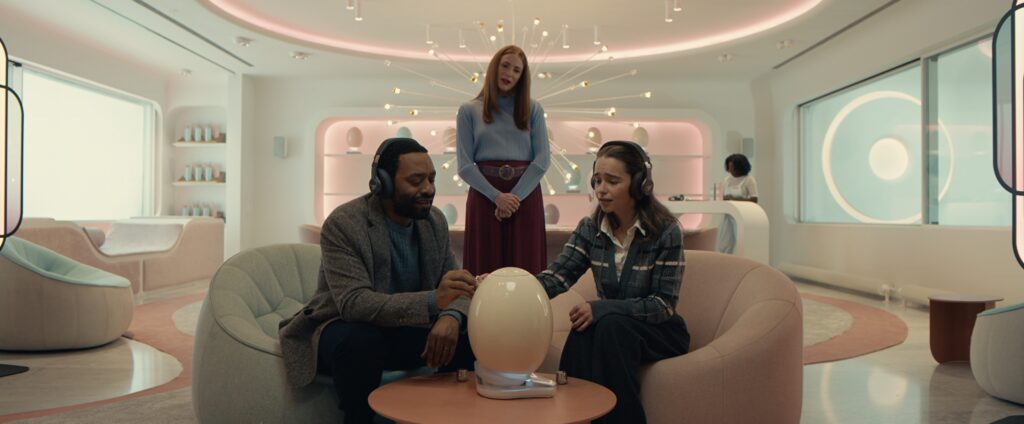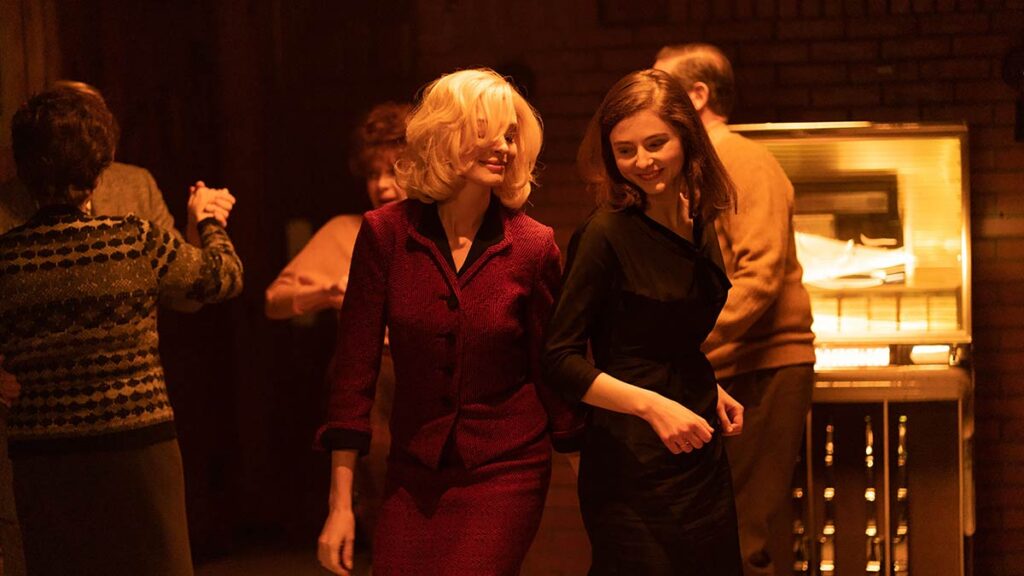I’ve been tracking women working in Hollywood and the global film industry for ten years now. Way back when I first started writing for this blog having a woman direct a female-led superhero movie was something that seemed far-fetched.
But here we are about to have “Wonder Woman” blast off to the world. This is a moment where we should take stock and celebrate. Of course there are still so many things to do, and so many benchmarks to pass, but this fight is a tough slog. Some days suck so hard, so it’s important that we celebrate the wins. And folks, this is a big one.
When we celebrated our ninth anniversary in 2016 we recorded several moments that have shown the progress we’ve made — Kathryn Bigelow being nominated and winning the Academy Award for Best Director; the ACLU advocating for the EEOC to look into systemic discrimination against female directors; Ava DuVernay becoming the first African American woman director to get a budget of over $100 million. Now let’s record another one: Patty Jenkins setting fire to the age-old bullshit that women can’t direct superhero movies.
This big-budget action film costs about $150 million and the money is clearly on the screen. The special effects are amazing and the world Jenkins and the “Wonder Woman” team have created is wholly immersive.
I had so many emotions while watching the film. The first 20 minutes depicts female characters exclusively. We’re introduced to the women and girls living on the island Wonder Woman is from, Themyscira. These women have been trained to be warriors to protect their lives. They fight all day. Robin Wright’s character, Antiope, leads their training. She’s the greatest warrior, and to say that she kicks ass is an understatement.
I’m not going to get into the plot because if you’re reading this you’re probably planning to see the film, but I would like to comment on a few things:
1. The script was written by Allan Heinberg. And before we freak out about a woman not writing the script, this is a man who worked in Shondaland for a long time. He knows how to write women as humans and not as accessories. And PS — there were very many funny and light moments.
2. What the male superheroes can learn from this film is that the supporting lead character — in this film played by Chris Pine as Steve Trevor — was a fully fleshed out character. He was funny and he was a partner, yet the script made clear she was the lead. This is no accident, especially because this will make men feel more invested in the film. It’s time to flesh out supporting female characters in male-led superhero films. “Wonder Woman” is an excellent example of how to accomplish this.
3. This never felt like a movie for women just because the lead was a woman. What this genre makes clear — especially through this film — is that these stories are universal. They appeal to both men and women. Full stop.
4. This film was not driven by the male ego. One of the biggest problems with the superhero genre — which has been all about men — is that it is about their egos needing to be pumped up and they do that through being a superhero. This film had none of the testosterone-laden bullshit.
5. A superhero can be gorgeous and not be sexualized. This is a PG-13 movie. It features war, bombs, and violence, but no sex. Gal Gadot is unbelievably gorgeous. Wonder Woman still wears the outfit. She looks extremely sexy, but it never felt remotely gratuitous. And we can thank Patty Jenkins for that.
So, after this weekend there will be one more big hole in the glass ceiling for women in film that hopefully many more women will push their way through in the future. I’m looking forward to seeing “Wonder Woman” for a second time this weekend.







